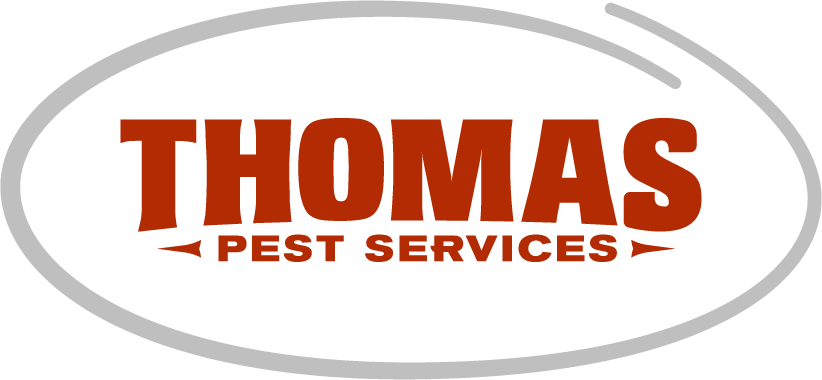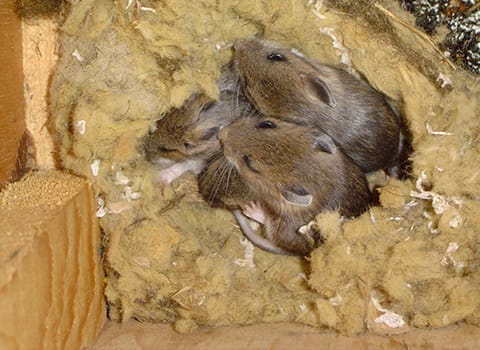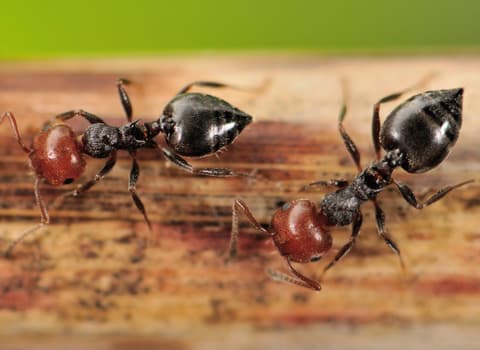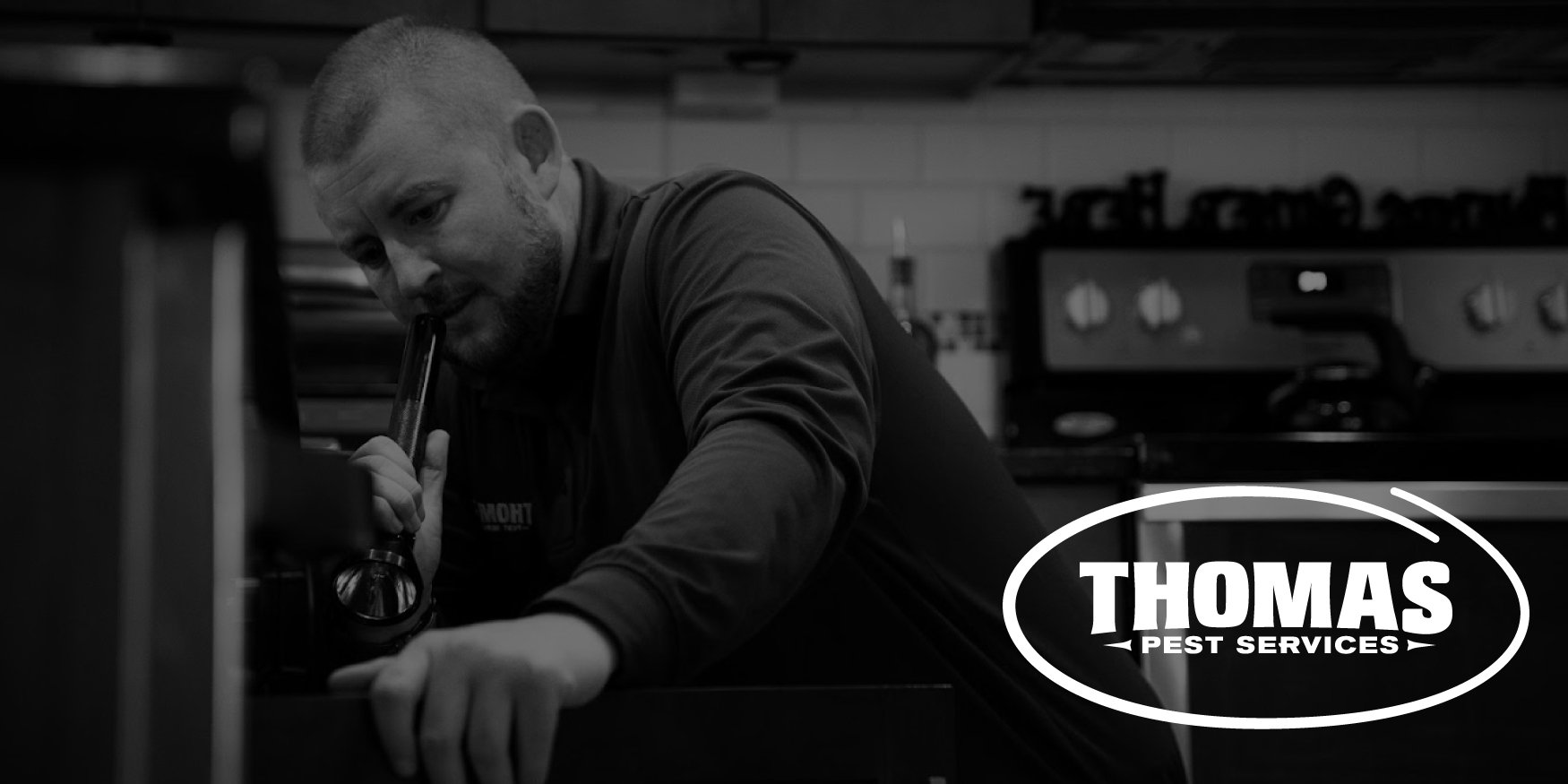The Effects of Landscaping and Pests
It should come as no surprise that many pest species inside structures are directly impacted by landscaping around your property. A recent article from PCT Magazine, states the more places for critters to hide, the more likely there will be more critters. Landscaping can favor pest harborage and breeding – let us explain how to prevent pests from harboring around landscaping.Landscaping and Pests
Trees
- Most trees produce some type of seed, nut or fruit, all of which may serve as food for many pests. Some trees produce flowers that can attract other insects.
- Certain trees are more susceptible to attack by aphids and subsequently attract large populations of foraging ants that will feed upon the honeydew that they excrete.
- Older trees can be prone to holes or cavities, which can be attractive to rodents, wildlife and many ant species.
- When trees are close to a structure, overhanging limbs often serve as natural bridges for all types of insect and vertebrate pests. Prevent pests by trimming limbs even if they aren’t touching a structure. Limbs can still serve as a pathway onto power lines leading to structures.
Shrubs
- Shrubs often create conditions that are attractive to pests.
- Like trees, many shrubs will attract insects due to seasonal flowering and large populations of ants that may be attracted by the presence of aphids.
- Densely planted shrubbery or shrubs with foliage extending to the ground can create an attractive home for rodents and other vertebrate pests.
- Low-lying Vegetation.
- Areas of high grass, weeds, flowers, ivy or some other varieties of dense low-lying vegetation often serve as harborage and attract many pests.
- Some cockroach species thrive outside in areas where there are dense ivy beds and other vegetation. During the summer, these cockroaches will often move directly into structures from these areas.
Ground Cover/Mulch.
- Materials like shredded wooden pallets and hardwood bark mulch can create highly attractive conditions for pests.
- Synthetic pine needles and shredded tire mulches available that are less attractive to pests. A stone or gravel border is even better.
Other.
- Using landscape timbers, old railroad cross ties and rocks around planter beds or structures are attractive to pests.
Landscaping can directly affect the presence and movement patterns of pests, and directly influences food, harborage and the availability of moisture to arthropod life around the exterior of structures. Thomas Pest Services offer suggestions on landscaping modification to reduce your risk against pests. By providing these recommendations, customers can reduce the potential for future pest-related concerns inside the home or structure. If you have a pest infestation or need an exterminator in Saratoga NY, Thomas Pest Services will perform a no charge home evaluation for you!




